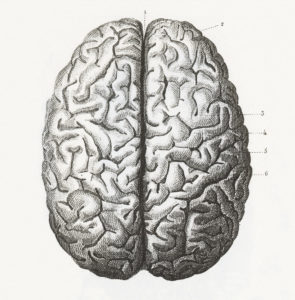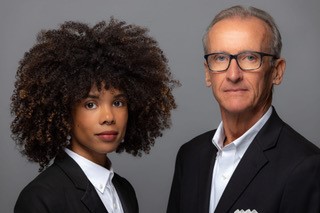
IDEAS Collide speaker: Adapt communication with customers to brain’s literalness
By onAssociations | Business Practices | Education
Capitalizing on the brain’s tendency to take words literally can allow an auto body shop to deliver favorable subliminal messages and avoid accidentally conveying harmful ones, according to a trainer.
Elle Artison of Paul Webb Training, whom auto body shops might remember from the BMW Group Certified Collision Repair Center Conference, will explore the concept Friday, Nov. 8 during SCRS’ IDEAS Collide event.
Colleague Paul Webb said Artison’s 10-minute talk during the rapid-fire SEMA week event will give shops six “bridge statements” they can use, as well as a PowerPoint and handout which could be applied immediately at one’s business.
The course description for Artison’s “6 Bridge Statements – Getting To Yes’” states: “The brain takes words literally and human beings can only act on the information they are given. Ever stop the think and forget to start again? Bridge statements take you to the start again – and that gets you to “yes!””
“We have to speak intentionally,” Artison said. The brain takes words literally and absorbs every word as information, she said. If you tell someone “no problem,” the brain will still hear the word “problem,” according to Artison.
Tell a child “‘stop jumping on the bed,'” and they’ve heard both “‘stop'” and “‘jumping on the bed,'” she said. The brain can interpret the latter as a command to keep jumping. (Artison suggested instead demanding, “‘stay seated.'”) Tell a dealership customer “‘don’t worry about the scratch on the front fender,'” and you’ve really just instructed them to worry about it.
Instead of “‘no problem,'” a better statement might be “‘It’s my pleasure,'” Artison said.
“‘How can I help you'” leads the brain to think, “‘Well, if you don’t know how, how am I supposed to know?'” Artision said. She said they teach people to instead say “‘I can help you'” or “‘I’m happy to help you.'”
Conversely, the phrase “‘you might like to'” paired with a phrase like “‘look at'” reflecting a visual learning style could help make a sale, according to Webb, who said Artison’s presentation would teach “embedded commands.”
The more information a business can share in this manner with brains confused by the information bombardment of life today, the easier it is to build trust and engagement, Artison said.
Sales is a “transfer of belief,” she said.
Webb and Artison will also offer “Advanced Business Communications – The A-B-C’s Of Building Trust,” from 1-3 p.m. Nov. 4, as the opener to the Society of Collision Repair Specialists’ 10th annual Repairer Driven Education series, which runs Nov. 4-8 in Las Vegas during SEMA.
Sign up for Webb and Artison’s joint class or the 10-speaker IDEAS Collide event individually for $75 each during early registration, or get access to both events and everything else that week by purchasing the $375 full series pass. The latter lets you into any Monday, Nov. 4-Wednesday, Nov. 6 Repairer Driven Education course, the three-part OEM Collision Repair Technology Summit and the Sky Villa afterparty on Thursday, Nov. 7, and IDEAS Collide on Friday the 8th. Learn more at www.scrs.com/rde.
More information:
SCRS Repairer Driven Education registration
Images:
A digitally restored image of the brain from the 1851 “Iconographic Encyclopedia of Science, Literature and Art.” (bauhaus1000/iStock)
Paul Webb and Elle Artison of Paul Webb Training. (Provided via SCRS)

